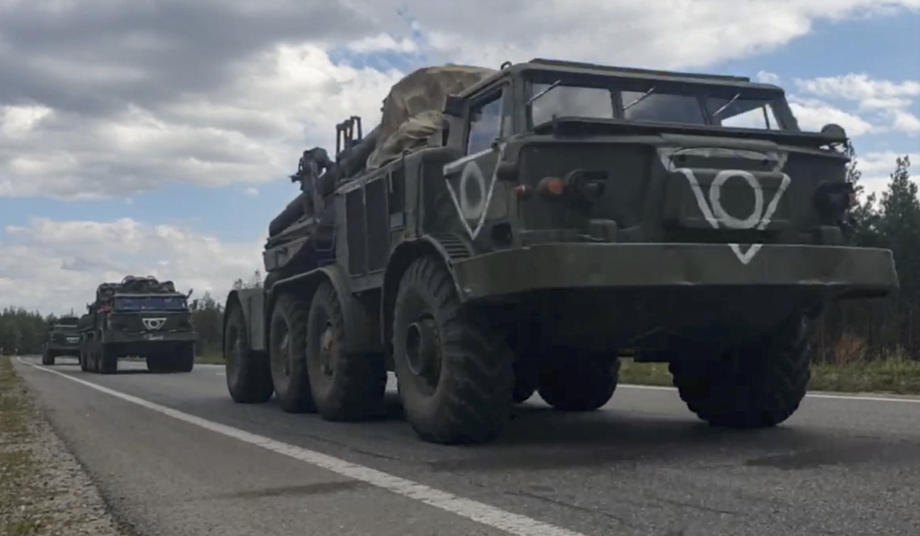
Why is the General Staff of the Armed Forces of Ukraine interested in the Krasnoyaruzskiy district? In 2023–2024, it was an important part of the logistics and support systems of the North military group. A helicopter regiment was based there – artillery firing positions and field ammunition depots, recruit training camps, weapons repair bases and a Special Forces brigade communications centre were deployed. With the start of the Kursk operation, Russians used Ukrainian military training facility Siversk as a zone to restore the combat capability of troops and train replenishment.
The enemy probably assessed the risk of a Ukrainian invasion of the Krasnoyaruzskiy district as minimal, because the presence of troops, fortifications and the ability to respond quickly with ground and air fire in this part of Belgorod Region was well known to the Defence Forces.
Relatively small combined detachments of border guards, special forces and infantry – totalling approximately 1,500 people – were deployed near the state border. This was done at separate strongholds at a certain distance from the border. But there was no continuous front line – only anti-tank barriers united by some tactical sense. Minefields would have been there, although perhaps only on headquarters maps. We don’t know for sure until our sappers told us. It is clear that the UAVs were on duty in the air day and night.
What was the point of the Defence Forces’ actions in Belgorod Region? The answer is obvious: to restrain the North military unit and prevent its troops – which are being released in the Kursk Region – from being redeployed to other areas that are most important for the Defence Forces and problematic for Russians.
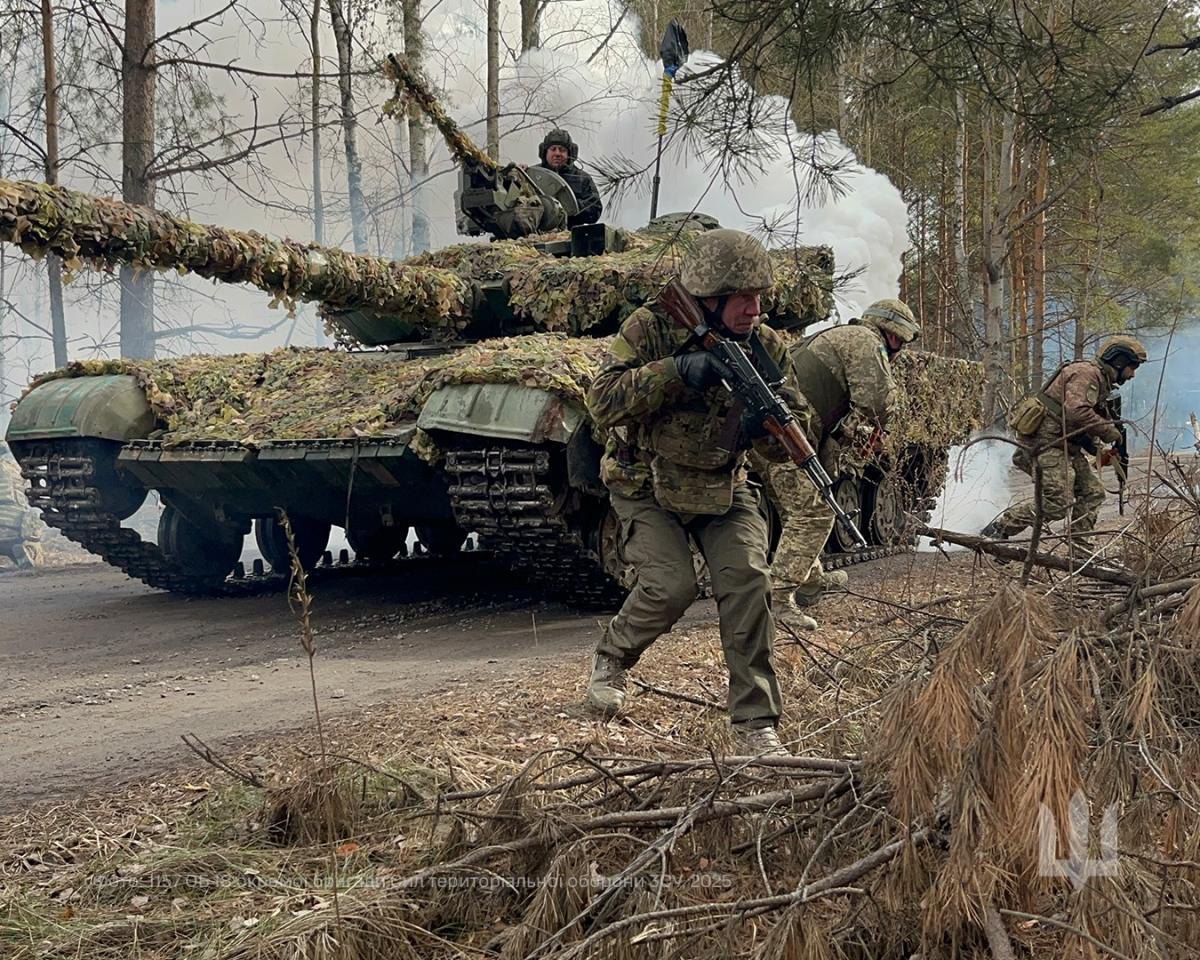
The Defence Forces suddenly attacked near the villages of Popivka, Demydivka, Hrafivka and Prylissya. Engineering equipment – based on the experience of the offensive in Zaporizhzhya Region – broke through Russian minefields and anti-tank barriers (the so-called “dragon’s teeth”), and mobile assault groups began to infiltrate the territory of Belgorod Region.
Russians noticed the beginning of the offensive in the Krasnoyaruzskiy district almost immediately and attacked the military equipment of the Defence Forces with everything available, in a fairly organised manner. On the first day, Ukrainian units lost more than 10 combat vehicles – most of them irretrievably. As always, Russian propaganda was in full swing, trying to find a military meaning in the Defence Forces’ offensive. The losses, of course, do not justify the incomprehensible outcome – and so on and so forth. The propaganda had two versions:
- Gaining time to organise defence in the Sumy Region
- Diverting Russian reserves from the Kursk Region to facilitate the withdrawal of the Defence Forces
As befits Russian military expertise, both versions have no correlation with reality, as the defence of Sumy Region was organised in 2023, and the reserves of the Sever military unit were permanently stationed in the Krasnoyaruzskiy district before the offensive began. They have a nest there, in fact.
Our staffs are well aware of the irresistible tendency of Russian headquarters to consider any armoured personnel carrier as target number one – and infantry is no different. This was used to their advantage: seeing the APCs of the Defence Forces on a relatively narrow section of the border, Russian weapons – like Pavlov’s dog – focused on destroying the engineering vehicles that were making passages. Meanwhile, on the neighbouring sections of the border, which stretched for almost 30 km, the aforementioned mobile assault groups of the Defence Forces – including the SSO groups – simply went deep into Russian territory, as they were a secondary target for the Russian headquarters. In some places, our troops had to break through, not without difficulty.
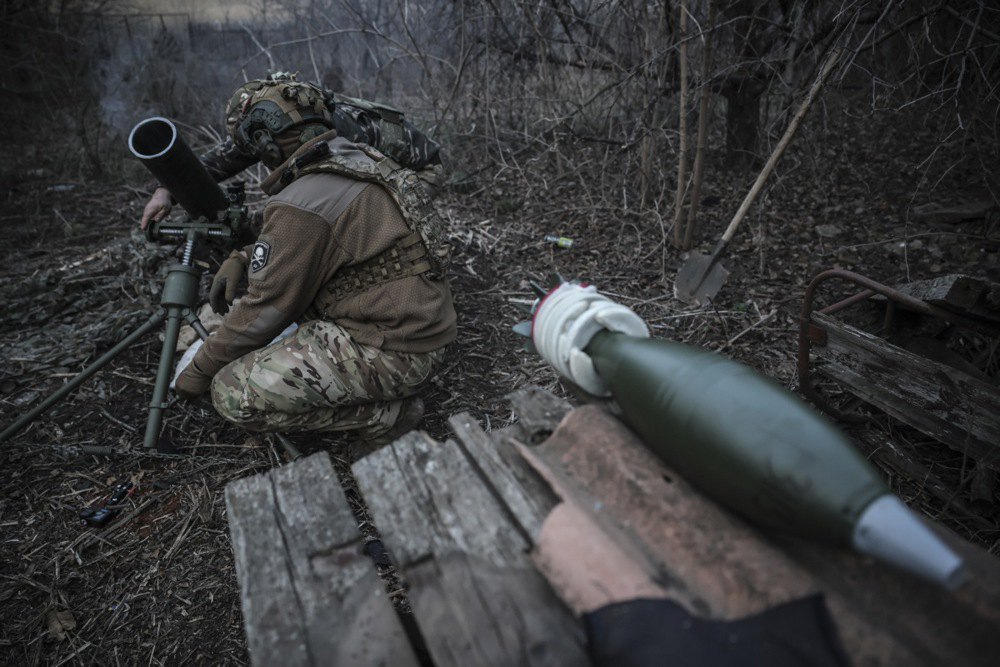
On the second day, it suddenly became clear that the entire border area from the village of Mylayivka to the village of Prylissya was a continuous grey zone. The mobile groups moved quickly – attacking individual Russian posts, vehicles and the positions of small units. Since there was no solid front line in the Krasnoyaruzskiy district (and still is not), the SSO groups and stormtroopers skilfully and quickly created chaos in Russian communications and headquarters, where they no longer understood what was happening – which villages and territories were still controlled by the NORTH military unit and which were no longer.
The mobile groups, by the way, determined the coordinates of targets for long-range artillery and HIMARS in the depths of the Russian defences – mined roads, attacked patrols and small fortifications, and recorded where the marshlanders were moving troops from and to.
Meanwhile, the grey zone gradually covered not only the Krasnoyaruzskiy district – up to the villages of Repyakhivka, Annivka and Nadezhivka – but also part of the Kursk Region, up to the villages of Kondrativka and Ozerky. The headquarters of the Sever military unit began to receive reports of attacks by Ukrainian UAVs and subversive reconnaissance groups throughout this area. At the same time, the Defence Forces did not occupy the villages in question, but rather skilfully created chaos by constantly moving and attacking here and there.
Chaos is the worst thing that can happen to a command and control system, because it is simply not trained to respond to it. The result: confusion among Russian units – multiplied by their different types and different departments – because the border guards are not formally subordinate to the North military unit, and the North units are not subordinate to the border guard command. You have to admit, our headquarters has come up with a good idea.
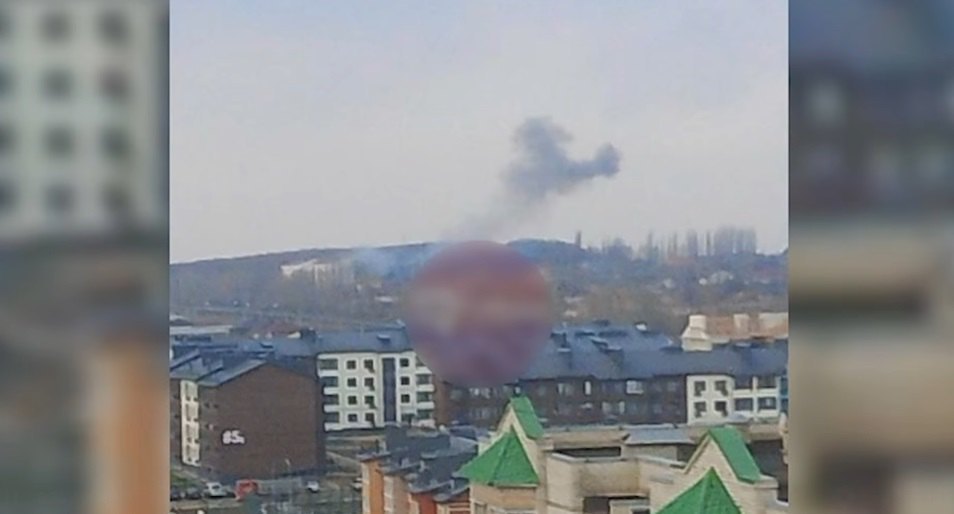
Chaos always results in attempts to restore order – uncontrolled abandonment of positions and strongholds near Popivka, Demydivka, Prylissia and Hrafivka began. The enemy units, fearing encirclement or convinced that they had already been surrounded – without warning their neighbours, and often without knowing that some Russian units had been deployed in their neighbourhood – fled in search of certainty.
After a week of fighting, the Defence Forces involved in the offensive have taken at least Popivka and Demydivka – advanced to Hrafivka – and there are suggestions that they will soon attack the district centre of Krasna Yaruga and villages in the neighbouring Rakytyanskiy district. The Russian military still has poor control over the situation – a solid front line has not been formed – and without it, they have to conduct mobile defence, which is a complex type of tactical action that only the VDP units (which are not yet there) are more or less trained in.
It should be noted that the main forces of the North military unit are involved in battles near Vovchansk, Lyptsi, near Zhuravka and Basivka in Sumy Region, the Sudzha checkpoint, near Guevo and in the adjacent forests of Kursk Region – meaning that they have only second-hand units at their disposal, which cannot be quickly transferred to Belgorod Region, as this would significantly increase the risk of counterattacks by the Defence Forces in Kursk Region.
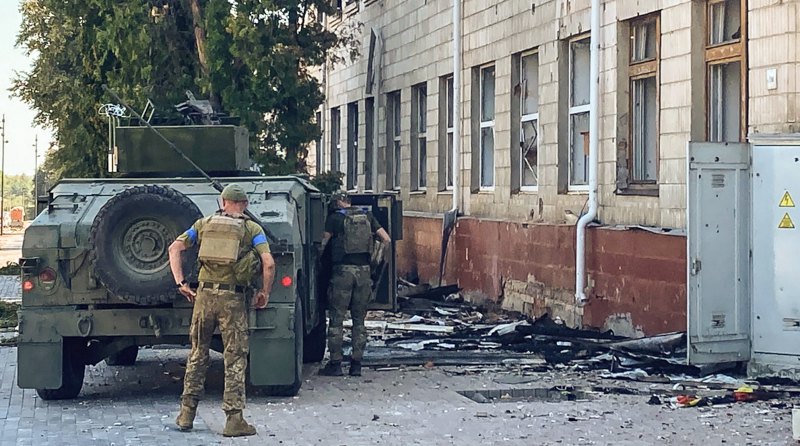
General Lapin, the commander of the North military unit (who was allegedly killed, although he was much more useful to us alive – the information bomb dropped by the Defence Forces about the commander’s death helped to spin up the chaos), decided to urgently pull troops from other parts of the front and request units from other directions – Kupyansk, Borivsk and Lyman. By 26 March, up to five regiments and brigades of the 6th Army (Kupyansk direction – North), 20th Army (Borivsk and Lyman directions – West) and 3rd Army (Seversk and partially Kramatorsk directions – South) arrived in Belgorod Region. Divisions of the 6th Army and three to four brigades from the 20th and 3rd Armies are expected.
The Defence Forces are building up their grouping in the Krasnoyaruzskiy district, but are not limited to it. There are reports of Ukrainian units being active in other parts of the state border within Kharkiv Region – from Shebekin to Urazov.
It seems that the Defence Forces have decided to kill the North military unit with the strategy of a thousand cuts.
We’ll see.








